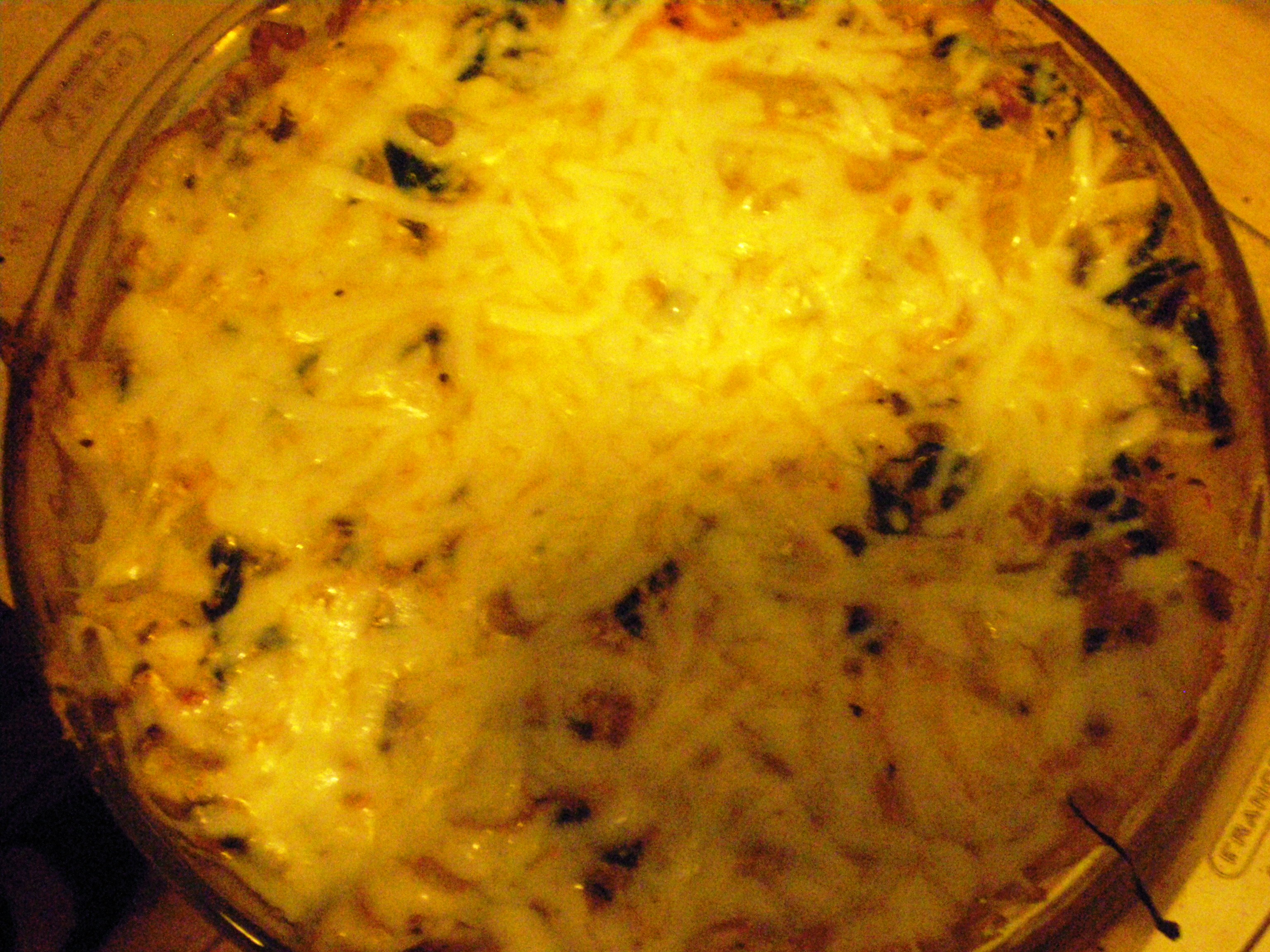Maureen Dowd’s last article in Sunday’s Times got me thinking…
We all know it’s great to eat locally grown food and to cook your own meals, and I wonder: Are restaurants bad for the environment?
I did some research and the answer seems to be: Well, it depends…
See, herein lies the problem.
I can cook this:
 (spinach baked ziti with part skim ricotta and mozzarella)
(spinach baked ziti with part skim ricotta and mozzarella)
But not this:
 (chicken tikka masala, i.e. heaven in a bowl)
(chicken tikka masala, i.e. heaven in a bowl)
Four years ago I tasted Indian food for the first time, obviously at a restaurant because no one I knew back then actually knew how to cook Indian food. Then I tried sushi. Then Thai. Then Ethiopian. I don’t know how to cook these things – believe me, I try. There are so many incredible, unique restaurants in New York City, and the sense of taste is one of my favorites to experience. So naturally I enjoy eating out on occasion, especially if it’s a type of cuisine that I don’t consider myself adept at cooking (which, sadly, is most of them).
I don’t know much about it, but I’d imagine that restaurants require:
-Large quantities of cleaning chemicals
-A lot of energy to power the lights, stoves, heat, AC, etc
-Wasting food that goes bad if it is not ordered by the customers that week
However, I would also assume that restaurants:
– use silverware and plates that can be washed daily instead of throwing them away
– would attempt to conserve as much food as possible in order to turn the highest profit
I’m sure some restaurants do a better job of it than others (not even to get started talking about take-away containers). Take a look at the Green Restaurant Association: http://www.dinegreen.com/. This website lists restaurants that are “certified green.” According to their site:
Certified Green Restaurants™ meet the following standards:
- Use a comprehensive recycling system for all products that are accepted by local recycling companies.
- Free of polystyrene foam (“Styrofoam”) products.
- Commit to completing four Environmental Steps per year of membership.
- Complete at least one Environmental Step after joining the GRA.
The steps are pretty comprehensive, listing specifics regarding the types of plates and napkins allowed, to cleaning supplies, to water efficiency, green power, composting, sustainable food, pollution prevention, the list goes on.
This section of the site gives a list of Green Certified restaurants, as well as how many “steps” they’ve completed (ie. how green they are).
A few New York examples are Blue Water Grill at 8 steps in Union Square, Café Metro at 14 steps on West 52nd Street, a ton of branches of Le Pain Quotidian at 25 steps, and others.
I’d hope that there are more that are just not yet listed on the site. If you know of any more environmentally friendly restaurants, please do share!

